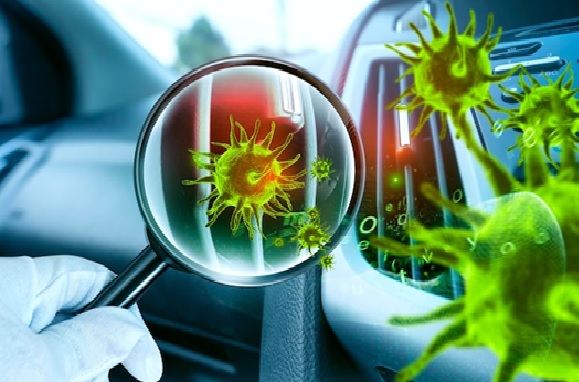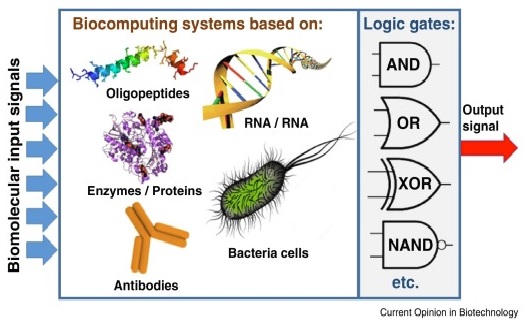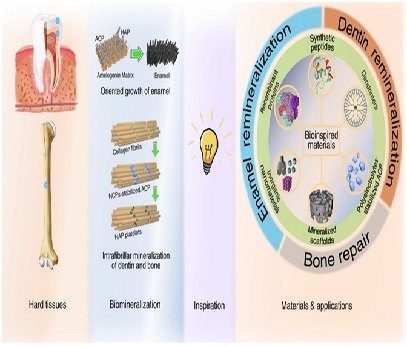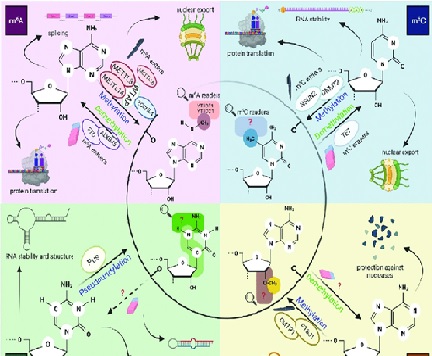Bioluminescence
Bioluminescence is the ability of living organisms to produce and emit light through a chemical reaction. Bioluminescence is found in a wide range of organisms, including bacteria, fungi, insects, fish, and marine animals. Bioluminescent organisms use this ability for a variety of purposes, such as communication, defense, and hunting.

Figure 1. Bioluminescence [1]
Figure 1 shows bioluminescence. The bioluminescent reaction involves the oxidation of a substrate molecule, called a luciferin, in the presence of an enzyme, called a luciferase. The reaction produces light energy that is emitted by the organism. The color and intensity of the light depend on the type of luciferin and luciferase involved in the reaction.
Bioluminescence can serve several functions in organisms. For example, some deep-sea creatures use bioluminescence to attract prey or to deter predators, while some fireflies use it for courtship and mating. Some bioluminescent bacteria use it to communicate with each other or to form colonies.
Bioluminescence has several applications in science and technology. For example, bioluminescent proteins, such as green fluorescent protein (GFP), are widely used as molecular tags and markers in biological research. Bioluminescent bacteria are used to monitor environmental pollution and to detect food spoilage. Bioluminescence is also used in bioluminescence imaging (BLI), a non-invasive imaging technique used in medical research to visualize biological processes in living organisms.
In addition to its practical applications, bioluminescence is also a source of inspiration for artists, designers, and scientists. Bioluminescence has inspired the development of new materials and technologies, such as bio-lights, bioluminescent paint, and bioluminescent textiles. Bioluminescence has also been studied for its potential as a renewable source of light, as it does not require external energy sources and does not produce heat or pollution.
References:
- Photo by Daniela Turcanu on Unsplash
Cite this article:
Hana M (2023), Bioluminescence, AnaTechMaz ,pp.141















